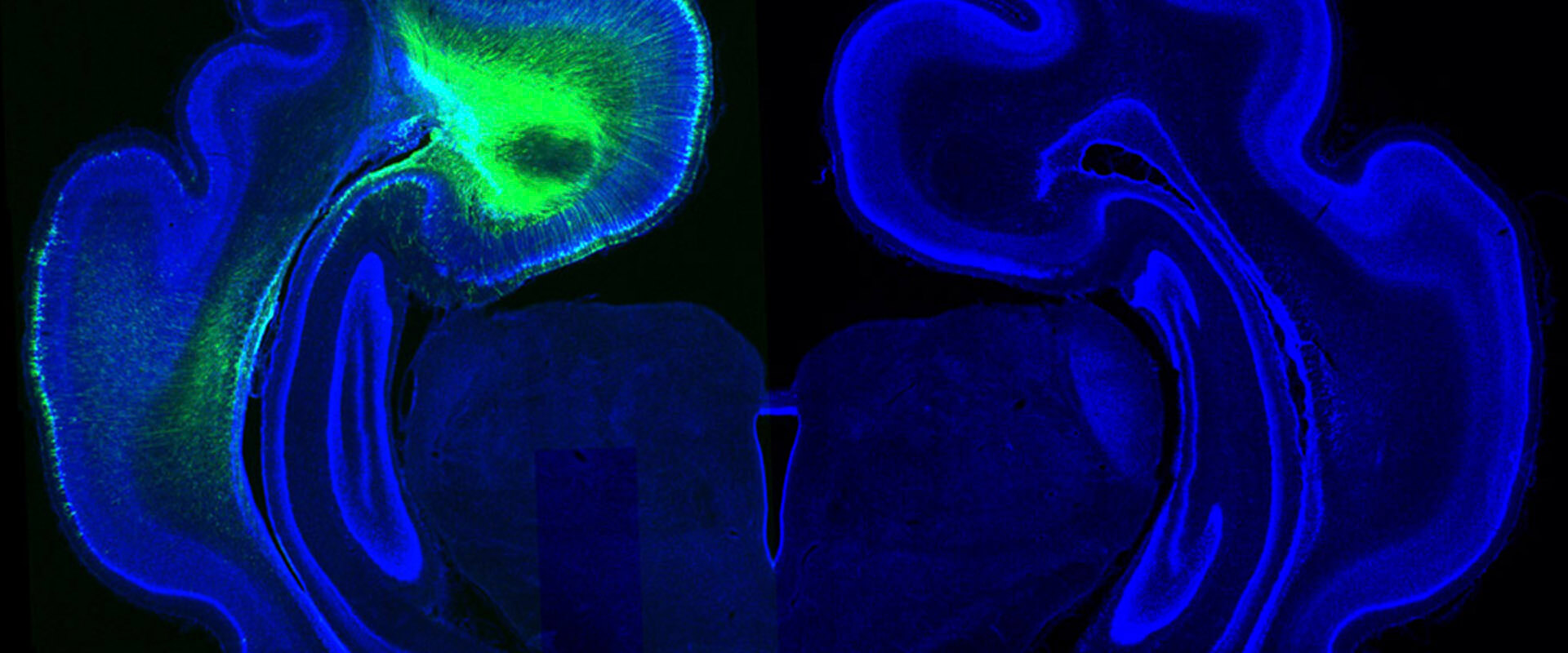Germinal Zones in the Developing Cerebral Cortex of Ferret: Ontogeny, Cell Cycle Kinetics, and Diversity of Progenitors
Expansion and folding of the cerebral cortex are landmark features of mammalian brain evolution. This is recapitulated during embryonic development, and specialized progenitor cell populations known as intermediate radial glia cells (IRGCs) are believed to play central roles. Because developmental mechanisms involved in cortical expansion and folding are likely conserved across phylogeny, it is crucial to identify features specific for gyrencephaly from those unique to primate brain development. Here, we studied multiple features of cortical development in ferret, a gyrencephalic carnivore, in comparison with primates. Analyzing the combinatorial expression of transcription factors, cytoskeletal proteins, and cell cycle parameters, we identified a combination of traits that distinguish in ferret similar germinal layers as in primates. Transcription factor analysis indicated that inner subventricular zone (ISVZ) and outer subventricular zone (OSVZ) may contain an identical mixture of progenitor cell subpopulations in ferret. However, we found that these layers emerge at different time points, differ in IRGC abundance, and progenitors have different cell cycle kinetics and self-renewal dynamics. Thus, ISVZ and OSVZ are likely distinguished by genetic differences regulating progenitor cell behavior and dynamics. Our findings demonstrate that some, but not all, features of primate cortical development are shared by the ferret, suggesting a conserved role in the evolutionary emergence of gyrencephaly.

 Español
Español
